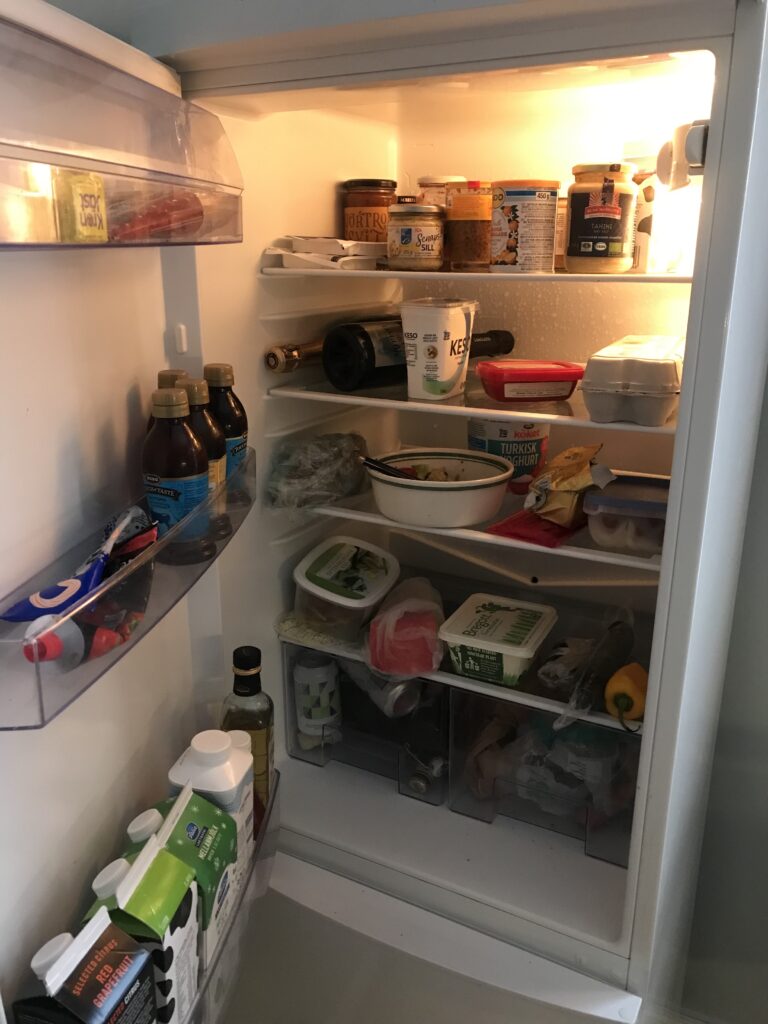January 8th, 2022

I must admit, when listening to the webinar of the excellent Mr Martin Weller on the practice of planning, sequencing and managing learning activities using information and communication technology (ICT) based tools to support both design and delivery, I again became a bit frustrated. It’s so many words used and concepts described building up to a mere wall of pedagogical fluff that I find to be almost impenetrable. I don’t want to sound creaking but when reading for instance the 25 initial questions for online course designers I to the most part find items that any course planner has always been doing. Well good, another new phrasing of good old teaching planning but we call it learning design. Ok, great than we understand what we talk about here. Again, I think sometimes these ‘new’ concepts stands in the way of the message. That being said, it is of course great that we put focus on and emphasize important aspects of teaching as how we plan our courses and sessions. Especially in an online environment.
Five stage model was another tool we talked about in our group work. I haven’t used or applied the Five stage model explicitly but realize that it certainly touches upon all those considerations one needs to do. At the moment I’m myself at the stage where I’m acknowledging the importance of all these stages so this tool may certainly be of use as reminder and a routine to follow. This is a systematic way of approaching the issues, I think the discussion in our PBL group reflects the different ways we use tools in general and our relationships with structured plans. Maybe even how our mind is organized. I myself, often find the organization of a course and of planning in general a bit randomly structured. Meaning, some things come spontaneously shooting from the hip and some by highly structured planning of certain learning objectives. So this systematic approach partly suits me and partly not I think. But who am I to be a teacher and an instructor of learning if I could not change and become better at structured planning. I’m working on it and especially since my start here at Karlstad university I have gained a new awareness around this pedagogical ground work. I appreciate my new colleges at KAU being very inspiring and open to new approaches of conducting higher education.

“Irritation and frustration are these type of experiences and feelings that I think are so human in nature that we need to get personal in order to deal with them.“
Having shown part of my own frustration on this topic and the way its communicated above I found it a bit interesting to read the study by Capdeferro & Romero addressing frustration among students with collaborative learning experiences. Irritation and frustration are these type of experiences and feelings that I think are so human in nature that we need to get personal in order to deal with them. It’s neither just an intellectual issue or simply emotions, its something in between (Capdeferro & Romero 2012). What Capdeferro & Romero reveal is that frustration is a common feeling among students involved in online collaborative learning experiences. Especially it seems as an uneven distribution of work load is one of the main sources for frustration among teammates in collaborative work. The lack of shared goals among the team members, the imbalance in the level of commitment and quality of the individual contributions as well as difficulties in communication is highlighted as being other factors leading to frustration (Capdeferro & Romero 2012). This seems very familiar, it’s been an issue in group works since as long as I can remember. So what do we do about it, and can we plan and design group works differently in order to support positive collaborative experiences? I think frustration is part of the process and will always be. What we need to do is to communicate better around it. I have come to suggest log-books in group works as a way of regulating group processes. Short notes taken each group meeting documenting what was said and what each member is supposed to do and be responsible of. It could also function as a record for what was decided and help solve issues around planning etc. These log-books are mostly meant for the groups themselves and not as much for us teachers to read and keep track.
Added to the log-books could also be short ‘rules’ decided initially on how the group is supposed to work. Like how often the group is supposed to meet, what is expected fof each member, etc. It might not lead to less frustration but it might help the group to deal with the frustration and to learn from the experiences made of the group work.
Back to the design issues. In our PBL group we talked about how to give instructions to group work in order to foster creativity, lust and engagement in the best possible way. By having quite loose ends as in the present ONL course where I think most groups experienced the tasks as quite elusive or by giving more clear instructions on what to do. ‘Steering is killing of creativity’ I think we agreed upon but also, too much elusiveness might be very frustrating and might cause team members being in the fringes to lose interest. Limitations was suggested as being the best way to promote creativity. Not direct but to describe clearly where the borders of the group work are situated, markers of limitations. Referring to my first blog post, the creativity that comes in cooking when finding a half full refrigerator rather than a precise recipe.

References
Capdeferro, N. & Romero, M. (2012). Are online learners frustrated with collaborative learning experiences?. The International review of research in open and distance learning, 13(2), 26-44.